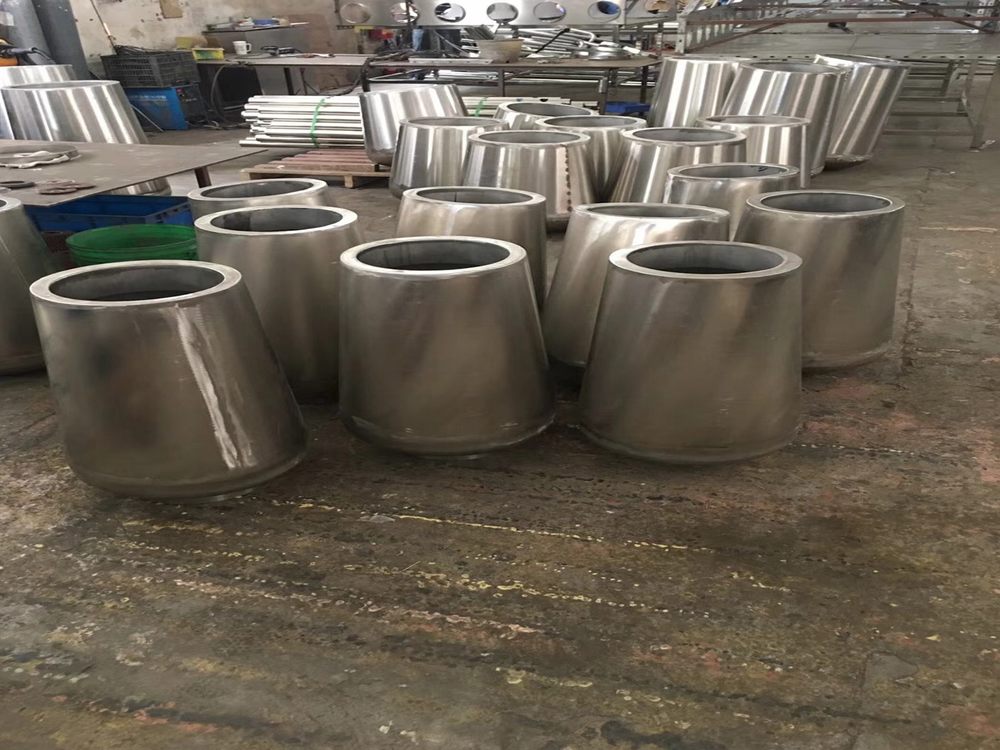
Metal sculptures have long played a pivotal role in defining the identity of cultural and historical landmarks. These artistic creations serve as visual anchors, encapsulating the essence of a place’s heritage and collective memory. Crafted from durable materials like bronze, steel, or iron, metal sculptures withstand the test of time, becoming enduring symbols of cultural pride and historical significance.
One of the primary ways metal sculptures contribute to landmark identity is through their storytelling capacity. Often depicting key figures, events, or mythological themes, these sculptures immortalize narratives that might otherwise fade with time. For example, the Statue of Liberty in New York Harbor is not just a metal structure but a global emblem of freedom and democracy. Similarly, local monuments in smaller communities often reflect unique traditions or historical milestones, fostering a sense of belonging among residents.
Beyond storytelling, metal sculptures enhance the aesthetic and emotional impact of landmarks. Their intricate designs and imposing presence create a focal point that draws visitors and sparks curiosity. The reflective surfaces of polished metals can interact with light and surroundings, adding dynamism to static spaces. This interplay between art and environment transforms ordinary sites into memorable destinations.
Moreover, metal sculptures often serve as markers of cultural evolution. As societies change, new sculptures are erected to reflect contemporary values, while older ones are preserved to honor the past. This duality ensures that landmarks remain relevant across generations. For instance, modern abstract metal sculptures in urban spaces might symbolize progress, while classical statues in historical districts pay homage to tradition.
In conclusion, metal sculptures are far more than decorative elements; they are vital contributors to the identity of cultural and historical landmarks. By blending artistry with symbolism, they preserve stories, evoke emotions, and bridge the gap between past and present. Whether towering over city squares or nestled in quiet parks, these sculptures continue to shape how we perceive and connect with the places that define our shared heritage.

